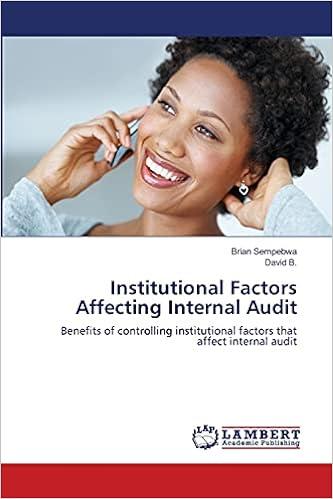
On January 1, Year 1, Entity A acquired 70% of Entity B's voting interests for $87,500. The carrying amount of Entity assets and liabilities on that date equals their fair values. The noncontrolling interest (NCI) is measured at its fair valu of $37,500. Entity A and Entity B use the same accounting principles, and no consolidating adjustments need to bem for intraentity transactions, etc., except as described below. The trial balances on December 31, Year 1, of Entity A and Entity B before consolidation are presented below. sub. Parent Initicul vol Account Entity B Entity A Cash $ 125,000 $ 79,000 Trade receivables 35,000 27,000 Inventories 61,000 33,000 Current investments 24,000 PPE (net) 106,000 50,000 Investment in Entity B 100,000 Trade payables (27,000) (55,000) Liability for employee benefits (43,000) (62,000) Noncurrent loans payable (90,000) Common stock (33,000) 40,000) Additional paid-in capital (37,000) (21,000) Retained earnings January 1, Year 1 (55,000) (78,000) Net sales (150,000) (120,000) Cost of sales 50,000 61,000 General and administrative expenses 8,000 17,000 Interest expense 4,000 6,000 Dividend income received from Entity B (28,000) Income tax expense 6,000 7,000 Dividends declared and paid 40,000 Additional information: In its separate financial statements, Entity A accounts for its investment in the subsidiary (Entity B) according to the cost model (we call it Initial Value Method ]. Thus, dividends from the subsidiary are recognized as income. During Year 1, Entity B distributed a cash dividend of $40,000. On December 31, Year 1, Entity A sold on credit an inventory item with a cost of $20,000 to Entity B for $27,000. This item is in Entity B's inventory at year end. Note: To simplify the simulation, items of other comprehensive income are not included. Enter the amount of each line item in the year-end consolidated balance sheet in the shaded cells below. Indicate negative numbers by using a leading minus (-) sign. 1. Trade receivables (2 points) 2. Trade payables [1 point] 3. Inventories (4 points) y4. Equity attributable to the parent [10 points] 201 5. Noncontrolling interest (3 points) On January 1, Year 1, Entity A acquired 70% of Entity B's voting interests for $87,500. The carrying amount of Entity assets and liabilities on that date equals their fair values. The noncontrolling interest (NCI) is measured at its fair valu of $37,500. Entity A and Entity B use the same accounting principles, and no consolidating adjustments need to bem for intraentity transactions, etc., except as described below. The trial balances on December 31, Year 1, of Entity A and Entity B before consolidation are presented below. sub. Parent Initicul vol Account Entity B Entity A Cash $ 125,000 $ 79,000 Trade receivables 35,000 27,000 Inventories 61,000 33,000 Current investments 24,000 PPE (net) 106,000 50,000 Investment in Entity B 100,000 Trade payables (27,000) (55,000) Liability for employee benefits (43,000) (62,000) Noncurrent loans payable (90,000) Common stock (33,000) 40,000) Additional paid-in capital (37,000) (21,000) Retained earnings January 1, Year 1 (55,000) (78,000) Net sales (150,000) (120,000) Cost of sales 50,000 61,000 General and administrative expenses 8,000 17,000 Interest expense 4,000 6,000 Dividend income received from Entity B (28,000) Income tax expense 6,000 7,000 Dividends declared and paid 40,000 Additional information: In its separate financial statements, Entity A accounts for its investment in the subsidiary (Entity B) according to the cost model (we call it Initial Value Method ]. Thus, dividends from the subsidiary are recognized as income. During Year 1, Entity B distributed a cash dividend of $40,000. On December 31, Year 1, Entity A sold on credit an inventory item with a cost of $20,000 to Entity B for $27,000. This item is in Entity B's inventory at year end. Note: To simplify the simulation, items of other comprehensive income are not included. Enter the amount of each line item in the year-end consolidated balance sheet in the shaded cells below. Indicate negative numbers by using a leading minus (-) sign. 1. Trade receivables (2 points) 2. Trade payables [1 point] 3. Inventories (4 points) y4. Equity attributable to the parent [10 points] 201 5. Noncontrolling interest (3 points)







